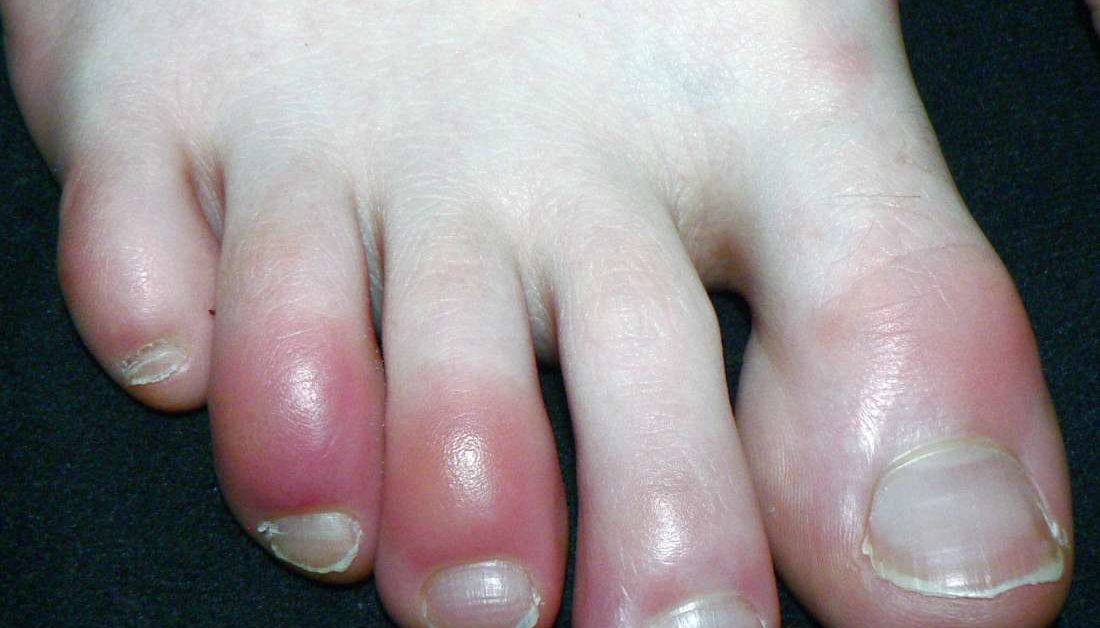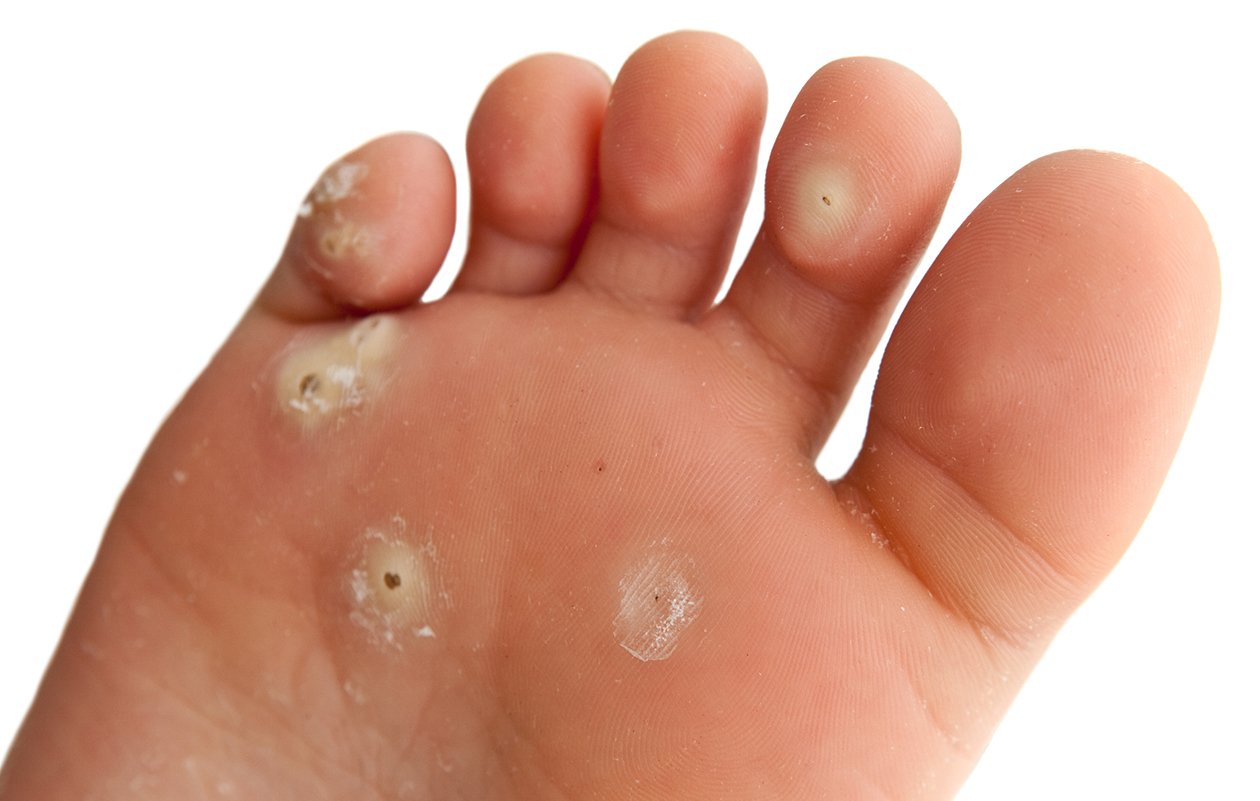
Are you experiencing pain in toenail due to shoes? Or perhaps you’re noticing redness around your toenail. Either way, a visit to a podiatrist would do you good. One must never ignore issues related to the feet as they can lead to larger issues, and in some cases, even amputation. Especially if you have diabetes and other circulation-related issues.
There are many possible reasons for pain in toenail due to shoes, and redness around the toenail. We’ve put together this blog to teach you about a few probably reasons. Here they are:
1.Injury:
If you stub your toe or drop something on your toe, this could lead to redness around the toenail.. A red toe can also be caused by other injuries, such as persistent pressure or abrasion from an improperly fitting shoe. In this case, you’ll also feel pain in toenail in shoes.
Treatment:
– over-the-counter (OTC) pain medications such as acetaminophen (Tylenol), ibuprofen (Advil, Motrin), or naproxen (Aleve)
– immobilization, often by taping to a neighboring toe.
2.Skin Infection:
Cellulitis, a common skin infection, can occur when bacteria that lives on your skin enters your skin itself.
Symptoms:
– Fever
– Toe and foot pain
– Toe and foot swelling
– Redness around toenail
– Pain in toenail due to shoes
Treatment:
– antibiotics such as azithromycin (Zithromax), cephalexin (Keflex), and dicloxacillin (Pathocil)
3.Irritant Contact Dermatitis:
Your skin may get inflamed when exposed to certain pollutants, like gasoline or detergents like soap and bleach.
Symptoms:
– Toe and foot pain
– Rough skin
– Pain in toenail due to shoes
– Redness around toenail
Treatment:
– avoiding contact with the irritating substance
– moisturizer to relieve inflamed skin
4.Allergic Contact Dermatits:
Your skin can become inflamed when it comes into contact with an allergen, such as nickel or plants like poison ivy.
Symptoms:
– Toe and foot itchiness
– Scabs on toes and feet
– Redness around toenail
– Pain in toenail due to shoes
Treatment:
– avoiding contact with the allergen
– moisturizer to relieve inflamed skin
5. Athlete’s Foot:
Athlete’s foot, sometimes called tinea pedis, is a fungal infection of the toes or feet.
Symptoms:
– Toe and foot itchiness
– Peeling between toes
– Redness around toenail
Treatment:
– OTC antifungal sprays or ointments
– oral antifungal medications such as terbinafine (Lamisil) or itraconazole (Onmel, Sporanox)
6. Nail Infections & Ingrown Toenails:
A condition known as paronychia, an infection of the folds of your nails usually brought on by Staphylococcus aureus bacteria or a fungus, can result in toe pain and swelling. Nail infections like this can also be caused due to ingrown toenail that haven’t been treated correctly.
Treatment:
– soaking your toe in warm water
– antifungal medication such as clotrimazole (Lotrimin, Mycelex) or ketoconazole (Nizoral)
– antibiotics such as amoxicillin (Amoxil, Moxatag), clavulanic acid (Augmentin), or clindamycin (Cleocin)
Who Treats Ingrown Toenails?
If you’ve ever wondered who treats ingrown toenails, here’s your answer – we do! Podiatrists are the best people to see when it comes to any issue related to your feet, including ingrown toenails. We can treat your ingrown toenail before it turns into a nasty infection and save you a lot of stress, and money in the future.
Conclusion
There are numerous reasons for redness around toenails. Some are less severe and easier to treat than others. You should be able to take care of a minor injury, like a stubbed toe that isn’t broken, at home.
Visit a podiatrist for a complete diagnosis if you’re not sure why your toe is red and you also have symptoms like pain and swelling. You can book an appointment with Bucksfoot Clinic for the best treatment in town.
Please call us on 0800 107 3290 / 077 99 122 099 Or contact us now


Recent Comments